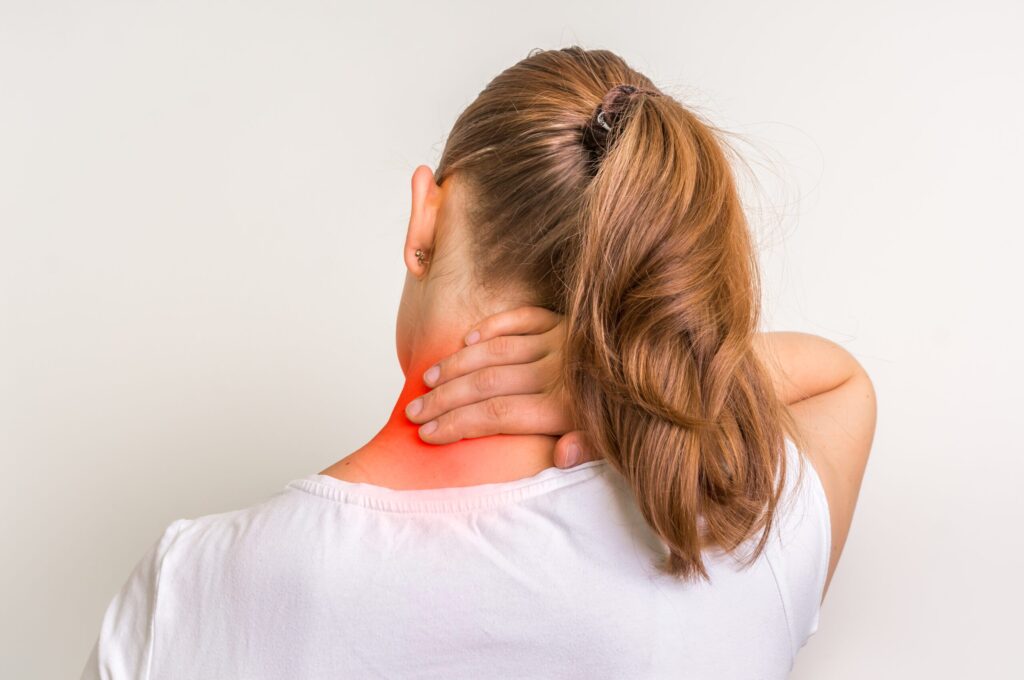Understanding Cervicogenic Headaches: Causes and Treatments

Cervicogenic headaches are a specific type of headache that originates from issues in the neck, also known as the cervical spine. Unlike tension headaches or migraines, cervicogenic headaches are secondary headaches, meaning they are caused by an underlying issue—usually related to the neck’s muscles, joints, or nerves. Understanding the causes, symptoms, and treatments of cervicogenic headaches can help those affected find relief and prevent future occurrences.
Causes of Cervicogenic Headaches
Cervicogenic headaches often stem from problems in the cervical spine, including:
- Neck Injuries: Trauma, such as whiplash from a car accident, can lead to misalignment or damage to the cervical spine. This trauma can irritate nerves or strain muscles, leading to recurring headaches.
- Poor Posture: Spending prolonged hours in positions that strain the neck, like hunching over a desk or looking down at a smartphone, can contribute to the development of cervicogenic headaches. Over time, poor posture places undue stress on the cervical spine, causing headaches.
- Degenerative Conditions: Conditions such as osteoarthritis or herniated discs in the neck can create pressure on the nerves that connect the cervical spine to the head, triggering pain and discomfort.
- Muscle Tension: The muscles in the neck and shoulders can become tight or inflamed, especially due to stress or repetitive strain, leading to headaches that radiate from the neck to the head.
Symptoms of Cervicogenic Headaches
The symptoms of cervicogenic headaches can often be confused with other types of headaches, but several distinguishing factors exist:
- Pain that starts in the neck: The headache usually begins at the base of the skull or in the upper neck and radiates to the front or sides of the head.
- Limited range of motion in the neck: Stiffness or discomfort when moving the head or neck is a common symptom.
- Pain on one side of the head: Cervicogenic headaches typically affect one side of the head more than the other, although both sides can occasionally be impacted.
- Neck tenderness: People with cervicogenic headaches often report sensitivity or tenderness in their neck, particularly in the upper cervical region.
Treatment Options
Treating cervicogenic headaches involves addressing the underlying issue in the cervical spine. Here are some common treatments:
- Physical Therapy: One of the most effective treatments, physical therapy, focuses on strengthening and improving the flexibility of the neck muscles. Therapeutic exercises help to correct posture, reduce muscle tension, and improve overall mobility in the cervical spine.
- Manual Therapy: Techniques such as chiropractic adjustments or massage can relieve tension in the neck muscles and correct spinal misalignments that might be causing headaches.
- Medications: Over-the-counter pain relievers, such as ibuprofen or acetaminophen, can help manage the pain. In more severe cases, prescription medications, including muscle relaxants or nerve blockers, may be necessary.
- Posture Improvement: Ergonomic adjustments at work or in daily activities, along with exercises that promote better posture, are essential for preventing cervicogenic headaches from recurring.
- Injections: In some cases, corticosteroid injections into the joints or muscles of the neck can provide relief by reducing inflammation.
When to Seek Help
Cervicogenic headaches can be debilitating and significantly impact your quality of life. If you experience frequent headaches accompanied by neck pain or stiffness, it is crucial to seek medical advice. Early diagnosis and treatment can prevent the condition from worsening and provide long-term relief.
For more detailed information on causes, symptoms, and available treatments for Cervicogenic Headaches, it is advisable to consult trusted medical resources or seek guidance from healthcare professionals.
With a proper treatment plan in place, many people can manage their symptoms effectively and reduce the frequency and intensity of cervicogenic headaches.… Read the rest

